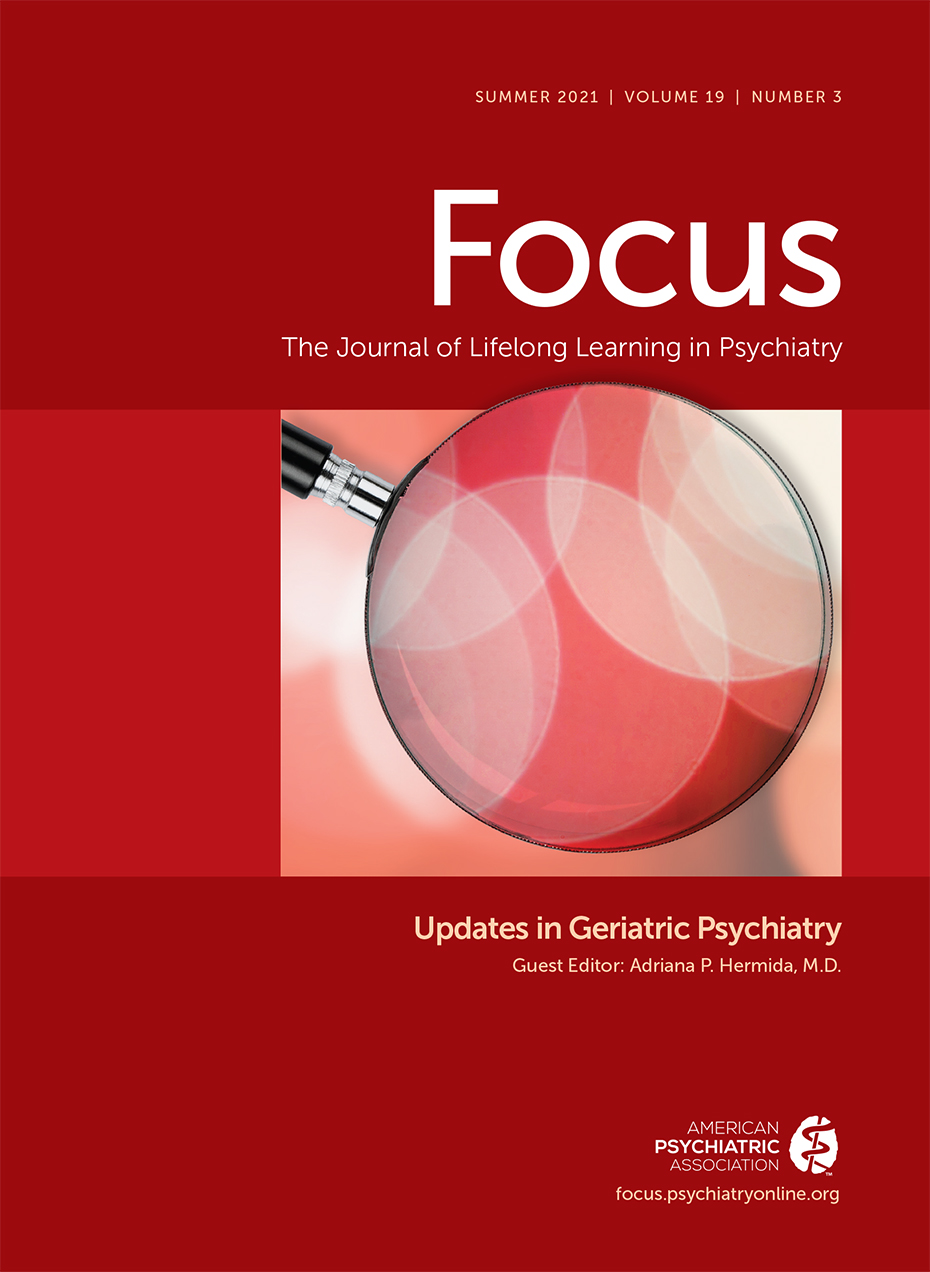Clinically, FTD is characterized by behavioral abnormalities, language impairment, and deficits of executive function. In accordance, the current revised diagnostic criteria list two different clinical forms: behavioral variant of FTD (bvFTD) and primary progressive aphasia (PPA; the two most common forms include the semantic variant of PPA [svPPA] and the agrammatic variant of PPA [avPPA]). Frequently thought of as a tauopathy, or a neurodegenerative disease involving aggregation of tau protein in the brain, the heterogeneity in both the clinical presentations and the neuropathological hallmarks of FTD subtypes are all primarily related to neuronal protein tau or transactive response DNA-binding protein 43 (TDP-43) depositions.
bvFTD.
Considered the most common clinical form of FTD, bvFTD is predominately characterized by personality changes, apathy, disinhibited or compulsive behaviors, executive dysfunction, as well as stereotypic speech and motor behaviors (
15,
43). According to the new consensus criteria for the diagnosis of bvFTD, the degree of diagnostic certainty can be ranked as possible, probable, or definite. To reach a diagnosis of possible bvFTD, three of six core criteria must be met. To reach a diagnosis of probable bvFTD, patients have to first meet possible criteria and also show changes in frontal or temporal regions on neuroimaging. When pathologic or genetic confirmation has been made, the bvFTD diagnosis is considered definite (
43,
44).
Social cognition is core to the syndrome and refers to the ability to recognize emotion in others, mentalizing about other people’s state of mind (i.e., theory of mind), empathy, knowledge of social norms, moral reasoning, reward sensitivity, evaluating relevance of incoming social and emotional information, and flexibly using this information to behave appropriately within social contexts (
41). Dysfunction in social cognition is a key feature in bvFTD, with changes indicating a progressive disintegration of the neural circuits involved in social cognition, emotion regulation, motivation, and decision making (
45–
47).
Apathy is very common and manifests as inertia, reduced motivation, lack of interest in previous hobbies, and decreased social interest leading to progressive social withdrawal. Disinhibition often coexists with apathy, leading to impulsive actions such as excessive spending, sexually inappropriate remarks, and other socially tactless behaviors. Repetitive or stereotypic behaviors might present with perseveration and tendency to repeat phrases, stories, or jokes. Excessive hoarding leading to a state of squalor, new-onset pathological gambling, or (even more rarely) hyper-religiosity can be presenting features (
48). Hyperorality, typically seen as increased food consumption with predominate sweet cravings, is another defining feature reflecting early involvement in the hypothalamus (
41). Mental rigidity is also common, and patients can have difficulty adapting to new situations or routines.
Onset is often difficult to determine because of limited or absent insight on the part of the patient. Therefore, the history of a caregiver is essential during the interview process because prominent changes in social comportment, appropriateness, and apathy are often reported (
48). Early in the disease process, patients with bvFTD can perform well on formal neuropsychological tests despite the presence of significant personality and behavioral changes (
48). Later, the neuropsychological profile is characterized by deficits in executive function. Prior studies have emphasized a relative sparing of episodic memory and visuospatial skills on neuropsychological testing (
44). However, more recent evidence from a synthesis of neuropsychological studies, in light of neuroimaging and neuropathological findings, demonstrates involvement of structures known to be crucial for episodic memory (
43,
49). It was initially presumed that episodic memory difficulties in bvFTD reflected degeneration of prefrontal cortical regions; however, it is becoming increasingly clear that anterior and medial temporal regions, including the hippocampi, are heavily involved (
50,
51).
Psychotic symptoms in FTD, previously considered rare, occur more frequently than previously thought (
52). Currently, psychotic symptoms are increasingly recognized as a presenting or early feature of FTD (
53). More recent studies have demonstrated a linkage between patients with FTD and a hexanucleotide repeat expansion in the chromosome 9 open reading frame 72 (C9ORF72) gene; C9ORF72 is often specifically associated with bvFTD and motor neuron disease (
54,
55). The prevalence of the mutation in FTD varies depending on the population studied and ranges from 5% to 35% (
56). Prominent features among most patients with this mutation are highly abnormal behaviors of a psychotic nature. Many patients presenting with florid psychosis are initially classified by their psychiatrist as having primary psychotic disorders, such as paranoid schizophrenia (
54). Delusions are more frequently present than hallucinations and are mainly persecutory or paranoid in nature; however, erotomania, somatic delusions, and Cotard’s syndrome can also occur (
53,
55).
PPA.
PPA is the second major form of FTD that affects language skills, speaking, writing, and comprehension. Neuroimaging shows asymmetric atrophy of the anterior temporal lobe among affected individuals, usually the left side is more involved than the right side (
43). The two most common forms of PPA are svPPA and avPPA.
The progressive breakdown of semantic memory, which stores knowledge about objects and words, is a characterization of svPPA. Speech remains fluent with normal grammar, but it increasingly contains meaningless content, prominent anomia, and impaired word comprehension (
43). Individuals lose the ability to understand or formulate words in a spoken sentence. Over time, patients develop impaired recognition and worsening behavioral symptoms, as seen in bvFTD.
In avPPA, a person’s speech is very hesitant, labored, or ungrammatical. Speech distortion is due to the breakdown in motor planning, or speech apraxia, causing impairment of rhythm and the normal stress patterns of speech (
43). Word comprehension is normal, but sentence comprehension is impaired because of problems with grammatical structure. Word repetition is also often impaired because of errors in articulation (
57).

